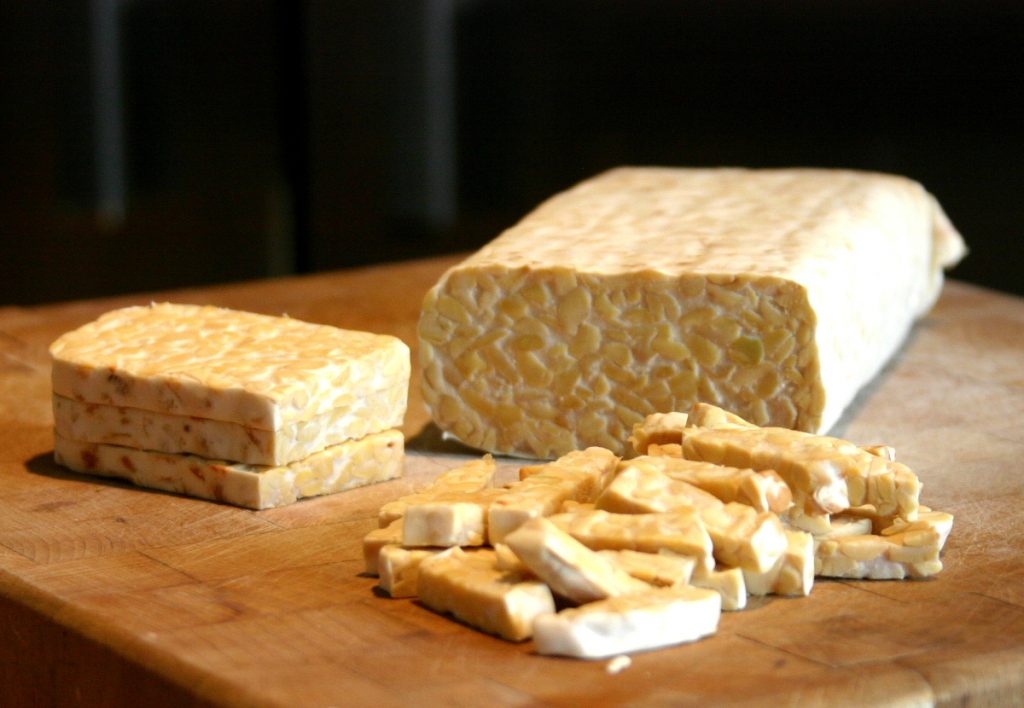Why You Should Know About Probiotics

Most readers will be familiar with antibiotics, but when it comes to probiotics, well, that’s a whole different story. Probiotics are living microorganisms that, when ingested, provide a number of health benefits. They’re usually bacteria you can obtain by eating fermented foods, but they are also present in a number of yeasts. The benefits of consuming food rich in probiotics vary greatly from treating very specific conditions to aiding in weight loss and helping patients recover from consuming strong medication.
There are a number of different types of probiotics found in food. There is Lactobacillus acidophilus found in your large intestines and responsible for turning lactose into lactic acid. Saccharomyces boulardii which is a biotherapeutic agent that can help prevent and treat various gastrointestinal diseases. And, a whole range of others, each with specific qualities and properties able to treat specific problems. By becoming more aware of the properties, you will be able to identify the sources that best suit your needs and this will allow you to consume specific foods for your specific needs.

Some tasty probiotic food options you can try, include:
- Yogurt – When people think probiotics, they think yogurt. But, despite all yogurts containing a number of active cultures, not all of them contain the probiotic strains that are important for gut health. Most probiotic yogurts will have a label on them.
- Raw Cheese – Similar to yogurt, cheeses with probiotics will typically advertise these active ingredients. Some cheeses that still show probiotic strains after the aging includes Gouda, Mozzarella, cheddar, and cottage cheese.
- Buttermilk – Known as “grandma’s probiotics”, this is a great low-fat option that contains a number of important minerals and vitamins including B12, riboflavin, calcium, and phosphorus.
- Kefir / Coconut Kefir – Traditionally kefir is made by adding fermented kefir grains to milk and allowing them to ferment and produce a slightly tart drink that is full of probiotics. A vegan alternative would be to ferment the juice of young coconuts with kefir grains. This method produces a great tasting drink that can be made better by adding a bit of stevia, water, and lime juice.
- Apple Cider Vinegar – This one has all the benefits you can dream of, its great for controlling blood pressure, cholesterol, diabetes, and it promotes weight loss! With a little bit each day, you can benefit from a whole range of advantages. The only problem is how to consume it! One way would be to use it in your salad dressings, but you could also dilute it in water and make a number of tasty drinks with it as an ingredient.
- Cultured Vegetables (Sauerkraut and Kimchi) – Both sauerkraut and kimchi use cabbage as their main ingredient, which is filled with vitamins and minerals including vitamin C, B, and K, riboflavin (vitamin B2), iron, and fiber. Sauerkraut is a sour and salty food used as a topping or side dish. Kimchi is a much more flavorful option seasoned with a flurry of flavors from red chili pepper flakes, garlic, ginger, and scallions.
- Pickles (or Gherkins) – By being preserved in a solution of salt and water, these cucumbers are fermented using their own naturally present lactic acid bacteria. This option may be a great source of the probiotics needed to improve digestive health, but it is also important to remember that pickles are high in sodium. When searching for your source of pickles, choose a smaller food manufacturer that uses organic products and highlights their probiotic content. You can also try pickled olives which have similar qualities!
- Kombucha – This effervescent fermentation of black or green tea is created by using a SCOBY (symbiotic colony of bacteria and yeast). There is little evidence to prove the number of benefits accredited to this drink, but its primary health benefits include digestive support, increased energy and liver detoxification.
- Miso – This versatile Japanese spice can be used to make sauces, spreads, soup stock, or as a pickling agent for vegetables and meats. Miso is made from fermented soybeans, barley, or brown rice that is incorporated with a fungus called koji. The fermentation process takes anywhere from a few days to a few years to complete.
- Tempeh – Another great probiotic source that comes from soybeans is the Indonesian Tempeh. After cooking the soybeans with a tempeh starter, the product is left for a day or two to ferment into a cake-like product. It can then be eaten raw, boiled, and for an extra probiotic kick covered in some miso. Its more meaty taste makes a perfect substitute for meat in a stir-fry. And when compared with tofu, tempeh contains about twice the amount of protein!
With all these wonderful ways to incorporate probiotics into your daily meal, why wouldn’t you try them out!



